61 pages • 2 hours read
Louise ErdrichThe Beet Queen
Fiction | Novel | Adult | Published in 1986A modern alternative to SparkNotes and CliffsNotes, SuperSummary offers high-quality Study Guides with detailed chapter summaries and analysis of major themes, characters, and more.
Symbols & Motifs
Beets and Queens
The sugar beet fields that Wallace Pfef champions are what put Argus on the map—literally. Before the beets brought prosperity and opportunity to the town, the roads were made of dirt and the town had little to offer. After the arrival of the beet, a bypass is constructed, ensuring that everyone knows where the once-sleepy town resides. During the course of the novel, the beet becomes a symbol of the rapid pace of change, of encroaching modernity, and of dreams both fulfilled and lost. On the one hand, the beets are the embodiment of the American dream, that entrepreneurial spirit that generates wealth and creates prospects. Wallace’s vision of what the beets will bring is akin to a fever dream: “Before him, like Oz, the imaginary floodlit stacks of the beet refinery poured a stinking smoke straight upward in twin white columns” (110).
On the other hand, the beets represent the loss of small-town virtues, like local businesses and less pollution and traffic: “Getting out of Argus was an obstacle course now” (198). Even Wallace’s yellow-brick road leads to “stinking smoke.” Mary’s butcher shop suffers from the success of the sugar beet: “Since the boom with the sugar beet began, supermarkets have been 







Related Titles
By Louise Erdrich
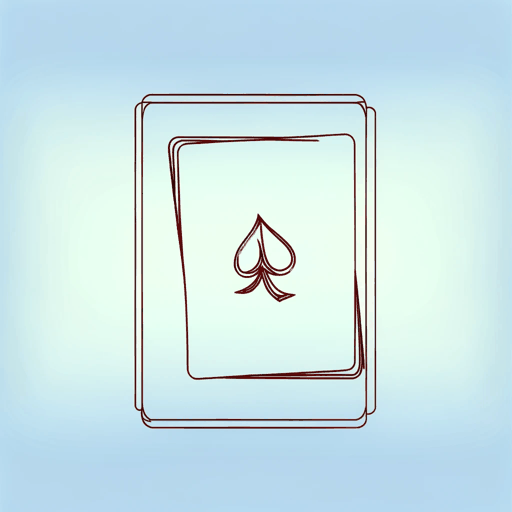
Fleur
Louise Erdrich
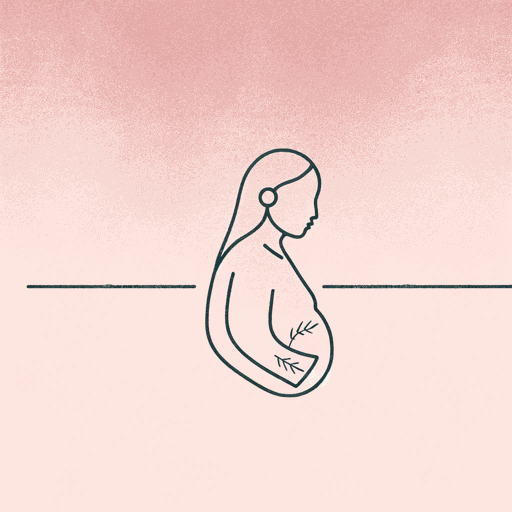
Future Home of the Living God
Louise Erdrich
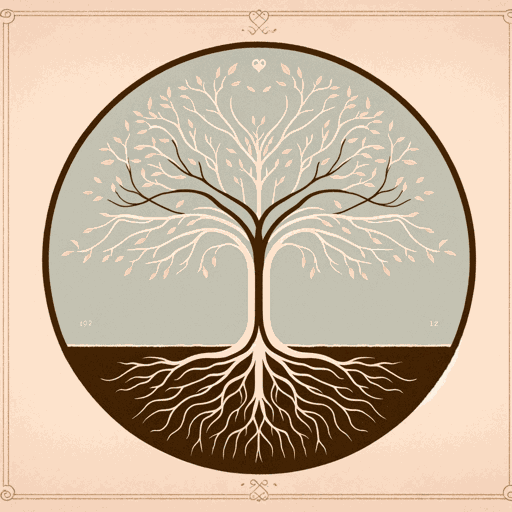
LaRose
Louise Erdrich

Love Medicine
Louise Erdrich

Shadow Tag
Louise Erdrich

The Antelope Wife
Louise Erdrich

The Bingo Palace
Louise Erdrich

The Birchbark House
Louise Erdrich
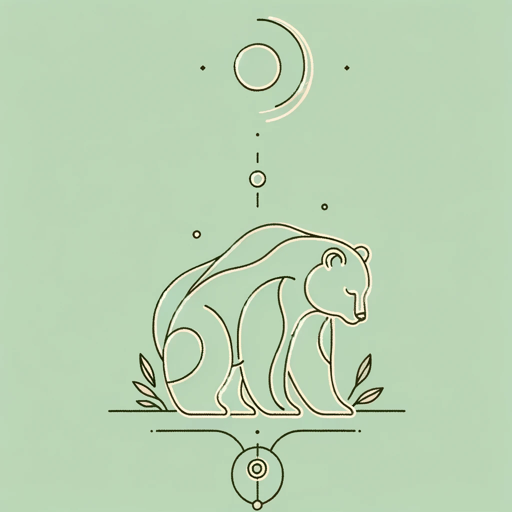
The Game of Silence
Louise Erdrich
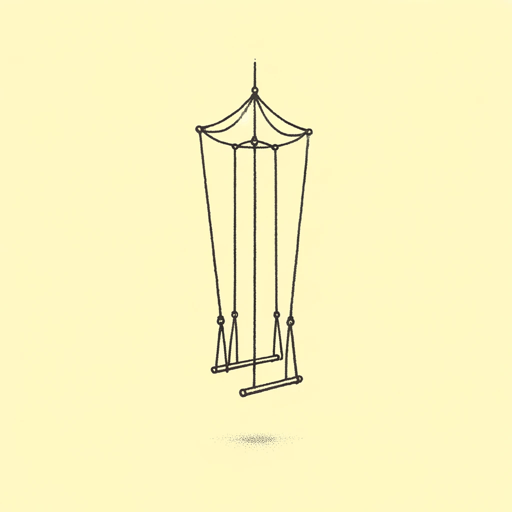
The Leap
Louise Erdrich

The Master Butchers Singing Club
Louise Erdrich

The Night Watchman
Louise Erdrich

The Painted Drum
Louise Erdrich
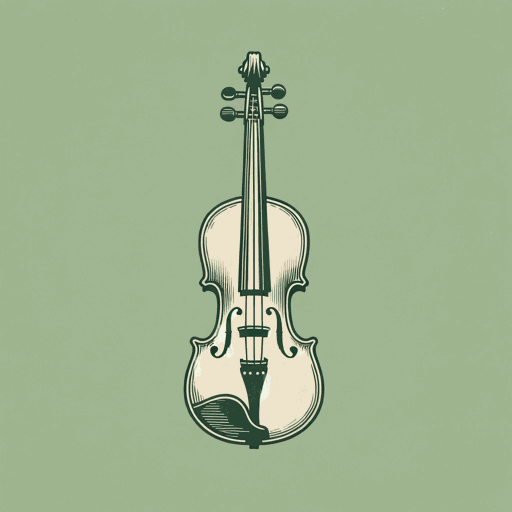
The Plague Of Doves
Louise Erdrich
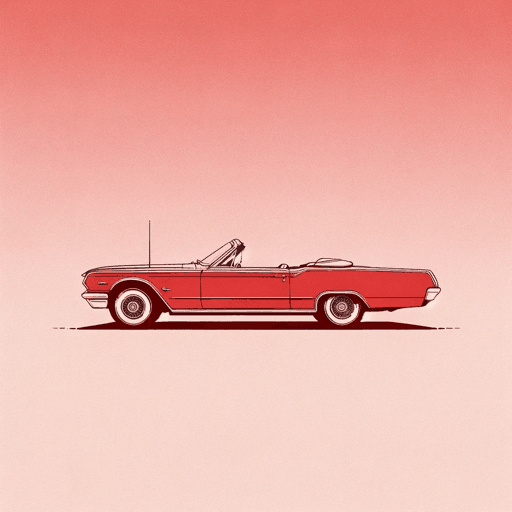
The Red Convertible
Louise Erdrich

The Round House
Louise Erdrich

The Sentence
Louise Erdrich

The Shawl
Louise Erdrich

Tracks
Louise Erdrich
